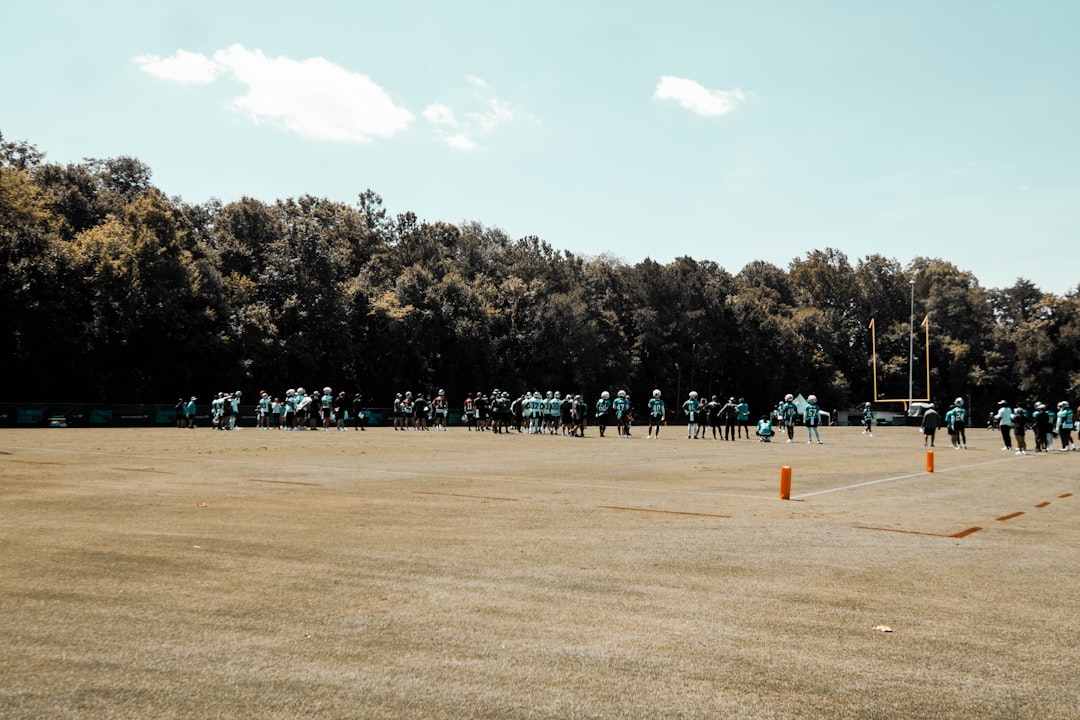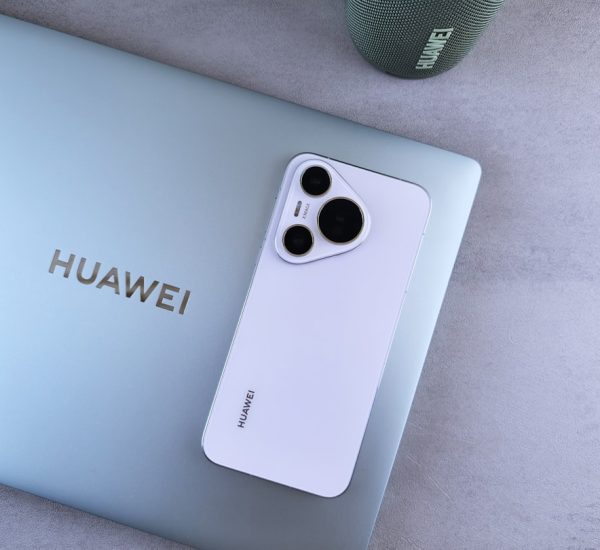Few footballers in history have mesmerized fans with free kicks quite like Cristiano Ronaldo. Renowned for his ability to strike the ball with breathtaking swerve and accuracy, Ronaldo has mastered the art of bending the ball around defenders and past goalkeepers. Learning this technique, commonly referred to as the *kicker ball swerve*, takes dedication, precision, and an understanding of the physics behind the perfect curve.
Understanding the Science Behind the Swerve
To mimic Ronaldo’s famous free kicks, it’s important to first understand what makes the ball curve. The key element is the Magnus effect — a phenomenon where the ball’s spin creates pressure differences in the surrounding air, causing a shift in its trajectory. When struck correctly, the ball appears to bend in mid-air, deceiving both the wall and the goalkeeper.

Mastering the Technique Step by Step
While it may look effortless on screen, curling the ball like Ronaldo requires meticulous technique. Here is a simplified breakdown that any aspiring footballer can follow:
- Positioning the Ball: Start by placing the ball on stable ground with the valve facing you. Many players believe striking near the valve offers slightly more control and power.
- Body Stance: Stand roughly three to five steps behind the ball and one step to the side (usually to the left if you’re right-footed). Keep your body upright and relaxed.
- Approach and Plant Foot: Run up to the ball at a slight angle. Plant your non-kicking foot next to the ball, about 6-12 inches away. This foot always points in the general direction of the target.
- Foot Contact: Hit the ball with the inside part of your foot, not dead center but slightly off to one side to create spin. The lower part of the ball should be struck to get lift along with the swerve.
- Follow Through: After striking, your kicking foot should sweep across your body. A stylistic lean-back with your torso enables elevation and flair, similar to Ronaldo’s signature motion.
Practice Drills to Perfect Your Swerve
Consistency comes from repetition. Practicing the kicker ball swerve under different conditions will refine your touch and develop muscle memory. Here are a few drills players can utilize:
- Wall Target Practice: Set up mannequins or a wall with marked target zones. Try to curl the ball around or over it and hit the target repeatedly.
- Spin Control Drills: Practice applying varying degrees of inward and outward spin to observe how it alters the ball’s flight path.
- One-Step Free Kicks: Limit your run-up to just one step and work on precision rather than power. This helps in improving ball contact and control.

Common Mistakes to Avoid
Many beginners make avoidable errors while trying to curve the ball, which hinder their progress. Here are some issues to watch out for:
- Overhitting the ball: Trying to use sheer power often results in flat or misdirected shots. Focus on technique instead.
- Wrong foot contact: Striking the ball too close to the center reduces spin. Make sure contact is made slightly off-center.
- Lack of follow-through: A sudden stop after the kick breaks the natural motion. Ensure your follow-through is smooth and deliberate.
Conclusion
Becoming proficient in the kicker ball swerve is no small feat, but with dedication and guided practice, replicating Ronaldo’s artistry on the pitch is achievable. Remember, even the greats took thousands of attempts to refine their curve, so patience is essential. Incorporate focused drills, develop a sense for spin control, and keep studying top players’ techniques. With time, precision, and practice, you too can curve it like Ronaldo.
FAQ: Kicker Ball Swerve Technique
- Q: Can I perform the swerve technique with any type of football?
A: While you can practice with most standard footballs, using a quality match ball will provide better responsiveness and feel. - Q: How long does it take to master the swerve kick?
A: It varies per player, but with consistent practice, visible improvement can be seen within a few weeks to months. - Q: Should I focus on power or placement first?
A: Always focus on placement and form before adding power. Power without control will lead to inconsistent results. - Q: Can left-footed players learn the same technique?
A: Absolutely. The principles remain the same, but the approach and foot orientation will be mirrored. - Q: Is physical strength important for swerve kicks?
A: While strength helps, technique plays a far bigger role. Proper mechanics outshine brute force.


